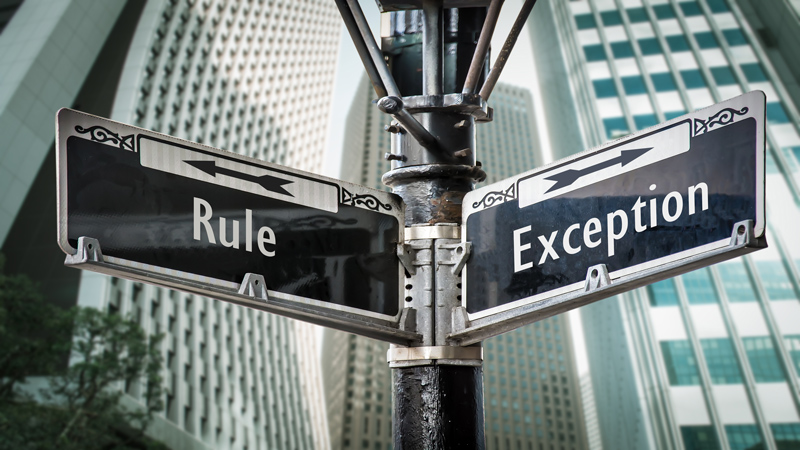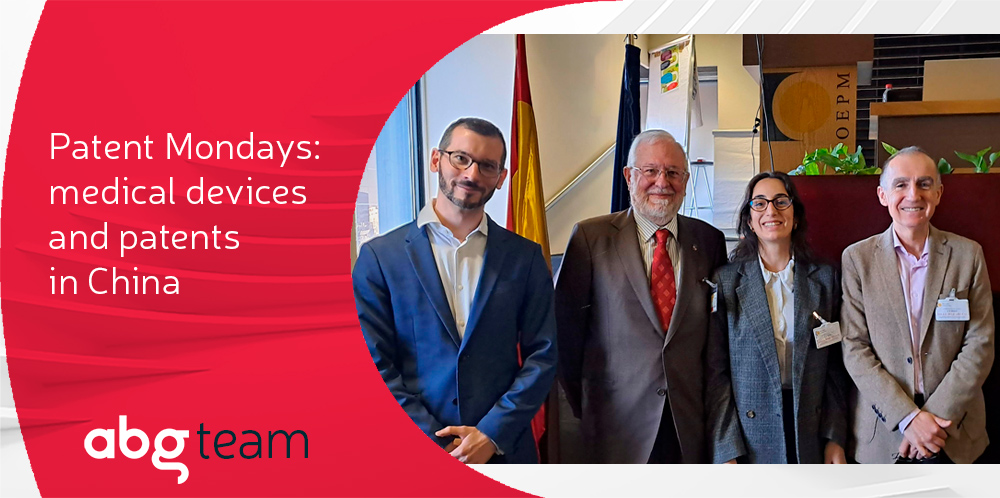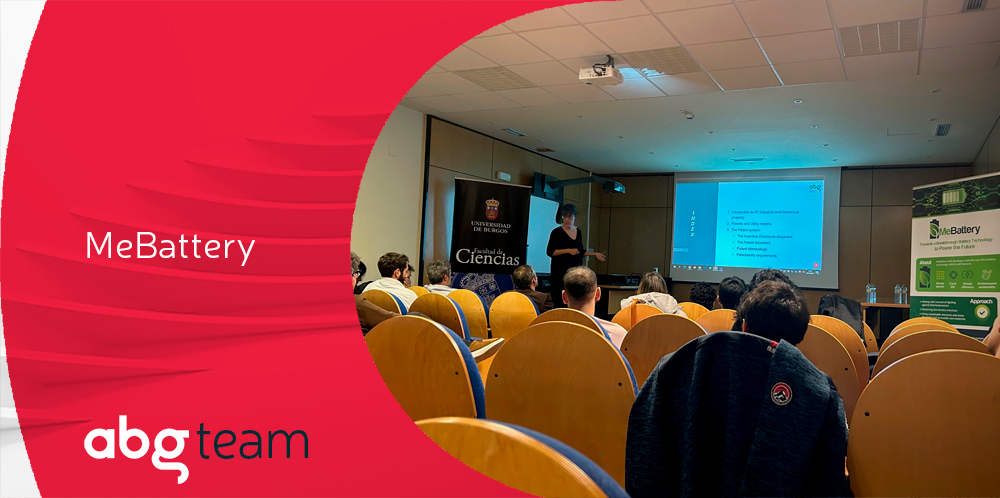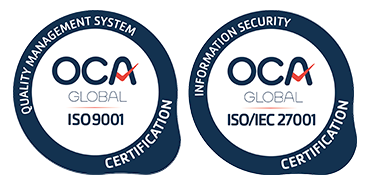There is a golden rule that every innovator knows and that is inevitably mentioned when invention protection is considered:
“do not publish or disclose an invention before patenting”.
The reason for this is simple; in order to be patentable, an invention must be new taking into account the state of the art.
According to practice, the state of the art comprises any oral or written act of disclosure, or disclosure by any other means through which the invention has been made available to the public prior to the filing (or priority) date of a patent or utility model application. For example, if an inventor discovers a new peptide for treating diabetes, he cannot reveal its sequence to the public at scientific conferences or publish it in scientific journals, since such an act would end the novelty of the invention.
But, does the state of the art really include any previous act of disclosure of the invention? The correct answer is “it depends”. This is because there are certain jurisdictions that establish a grace period during which certain acts of disclosure of the invention do not affect its novelty.
What is a grace period?
Each national or regional patent office may allow some exceptions meaning that certain acts of disclosure are not considered to form part of the state of the art when assessing the novelty and/or the inventive step of an invention by establishing a grace period.
A grace period consists of a period of time directly preceding the filing or priority date of a patent (or utility model) during which certain acts of disclosure of the invention are not considered to be part of the state of the art, so they are not detrimental to the patentability of the invention.
The acts of disclosure that can benefit from the grace period vary depending on the jurisdiction and may be limited to certain types of disclosure, for example:
- disclosure at trade fairs indicated by the patent office
- disclosure by a third party breaking an information confidentiality agreement, or
- it can even include any type of act of disclosure by the applicant/inventor.
It is important to note that there is no uniform criterion covering all jurisdictions where this exception exists, and that both the length of the grace period and the type of prior disclosures affected vary by jurisdiction. As there is no common rule in this regard, it is always advisable to apply the criterion of absolute novelty without resorting to the grace period when trying to protect an innovation in several jurisdictions.
Where does the grace period exist?
The vast majority of European countries provide a six-month grace period for the acts of disclosure falling under types (1) and (2) (defined above). A similar grace period is, in fact, contained in Article 55 of the European Patent Convention (EPC) under the heading “non-prejudicial disclosures”.
Returning to the example of the peptide for treating diabetes, let’s imagine that it has been developed by a university researcher on behalf of a company, and that there is an agreement that specifies that:
- the exploitation rights of the researcher’s work correspond to the company and
- the information related to this project is confidential.
In this situation, the researcher’s presentation of a poster with the results of the project without the company’s prior permission constitutes non-compliance of the confidentiality agreement. Therefore, the company, as the holder of the rights, would have the possibility of taking advantage of the six-month grace period provided by the European Patent Office among other offices as of the date of disclosure to apply for a patent without such disclosure forming part of the state of the art.
The company must also justify its right to benefit from the grace period. This type of grace period is common in many national laws.
Grace period for self-disclosures
Even more interesting and less common is the grace period related to so-called “self-disclosures”, which preserves the novelty and, in many cases, the inventive step of the disclosures made by the inventor during a period prior to the patent or utility model application date. This period is usually 6 or 12 months.
Let’s look at which countries apply a grace period for self-disclosures:
| Continent | 6-month period | 12-month period |
| Europe | Albania, Andorra, San Marino | Armenia, Belarus, Georgia, Latvia, Malta, Turkey, Ukraine, Estonia |
| Asia | China, Kazakhstan, Russia, Tajikistan, Uzbekistan | Azerbaijan, Bahrain, Bhutan, India, Japan, Jordan, Malaysia, Oman, Panama, Philippines, South Korea, Singapore, Sri Lanka, Thailand |
| Africa | Ghana, Zimbabwe, Nigeria | Algeria, Ethiopia, Kenya, Mauritius, Morocco, Mozambique, Uganda, Zambia |
| Oceania |
Australia, New Zealand, Papua New Guinea |
|
| North America | Belize, United States of America, Canada | |
| South America | Argentina, Bolivia, Brazil, Chile, Colombia, Costa Rica, Dominican Republic, Ecuador, El Salvador, Guatemala, Honduras, Mexico, Nicaragua, Paraguay, Peru, Trinidad and Tobago, Uruguay |
Warning: This list is not exhaustive and certain cases may apply in some jurisdictions (for example, the grace period applicable to China is limited to certain types of self-disclosures)
It should be noted that the offices in South Korea and Japan require the applicant to declare that a prior disclosure has occurred and indicate this disclosure. Such a requirement does not exist in the US. Furthermore, many countries of the European Patent Convention, such as Germany, France, the United Kingdom and Spain, do not offer any grace period for self-disclosures.
Advantages of grace periods
The main advantage of the grace period in cases of self-disclosure is that it allows an invention to be disclosed and a market assessment of it to be obtained before incurring patent protection expenses. For example, a company may put a product up for sale and consider patent protection if the product is successful on the market. This means that innovative SMEs or start-ups are applicant profiles that are particularly interested in being able to benefit from the grace period. Another advantage for this type of applicant profile is that it facilitates the search to find funding for product development.
Moreover, in a more academic environment, such as universities, R&D centres (for example PROs) and technology centres, the results of the research activity must be published in scientific journals. This requirement to publish the results is imposed both by the funding schemes for research activity and by their evaluation criteria. However, there is a growing demand from public R&D funding agencies to increase technology transfer activities, where industrial property protection plays an essential role.
Likewise, having a grace period allows the results of the R&D to be published before protecting them. In this regard, a possible benefit of the grace period for this applicant profile is that it facilitates the dissemination and public offering of a technology while allowing the search for potential development partners and marketing an invention at early stages of technological development, facilitating its transfer to the market by applying a commercial approach to technology.
Lastly, the grace period allows a technology in more advanced stages of development to be protected without renouncing scientific publication. In other words, the scientific principles can be published and proof of concept of the technology can be carried out during the grace period in order to request the protection of a better-defined and market-focussed technology.
Disadvantages of grace periods
There are certain disadvantages to grace periods, both for third parties and applicants themselves.
For third parties:
- A grace period extends the period of legal uncertainty that is inherent in the patent system by a few months. Indeed, given that a patent application is published 18 months after its filing date, it is not possible to know whether a product on the market is the object of a patent application for 18 months. Added to this are the months of the applicable grace period depending on the jurisdiction. This legal uncertainty also applies to the scope of protection of the patent application, which a third party does not have access to for 24 to 30 months. Therefore, the risk of unintentional infringement increases.
- Since uniform criteria does not exist regarding what type of disclosure should be excluded from the state of the art, a third party wishing to invalidate a patent through opposition proceedings or a court ruling must investigate whether or not a previous disclosure made by the inventor can benefit from the grace period and if the grace period is duly justified. For example, the application of a grace period to a prior disclosure is not usually included in the public file.
For inventors/applicants:
- An invention is not protected once it is disclosed since this disclosure does not grant any right, or even a priority right. This allows third parties to copy the invention and
- start using it to potentially obtain a prior use right, which no subsequent patent may prevent, or
- disclose an alternative to the invention, in such a way that this disclosure forms part of the state of the art for the subsequent patent and could affect its novelty and/or inventive step.
- It may be difficult to prove that the prior disclosures are made by the patent applicant. For example, in the case of a prior sale, the disclosure (use for sale) will benefit from the grace period if it can be shown that the first sale occurred during the grace period.
Do regional offices apply it?
The Eurasian Patent Organization (EAPO) is the only regional office that applies a six-month grace period for self-disclosures. Conversely, the European Patent Office (EPO) only applies a six-month grace period in accordance with Art. 55 EPC, as we have seen above.
At the beginning of 2022, the EPO undertook a consultation with a large number of applicants about the possible implementation of a grace period in Europe. The results of this survey can be found here. This survey showed that about 6% of the applications filed in 2021 with the EPO could have benefited from a grace period (about half of these applications were from applicants from jurisdictions with a grace period).
However, it appears that European applicants take into account the absolute novelty criterion of the EPO and do not usually disclose results before applying for protection. The study also reveals that public research entities and universities are the organisations that have the most difficulty with the current criterion of absolute novelty, which pushes them to protect research results in the early stages of development. Another applicant profile that could benefit from the system would be innovative SMEs, for the same reasons mentioned above.
Lastly, the survey proposes several grace period scenarios and concludes that users of the European patent system approve more highly of a grace period but only as a “safety net”, with mechanisms to mitigate legal uncertainty, such as the implementation of a prior use right at the European level and/or the obligation to declare prior disclosure.
In light of the above, the global implementation of a grace period is not harmonised nor does it seem that establishing a grace period in the European system will have a significant impact on it, so it is unlikely that the EPO will modify the current system.
Nonetheless, we recommend always applying the criterion of absolute novelty, as it provides the highest degree of security.



